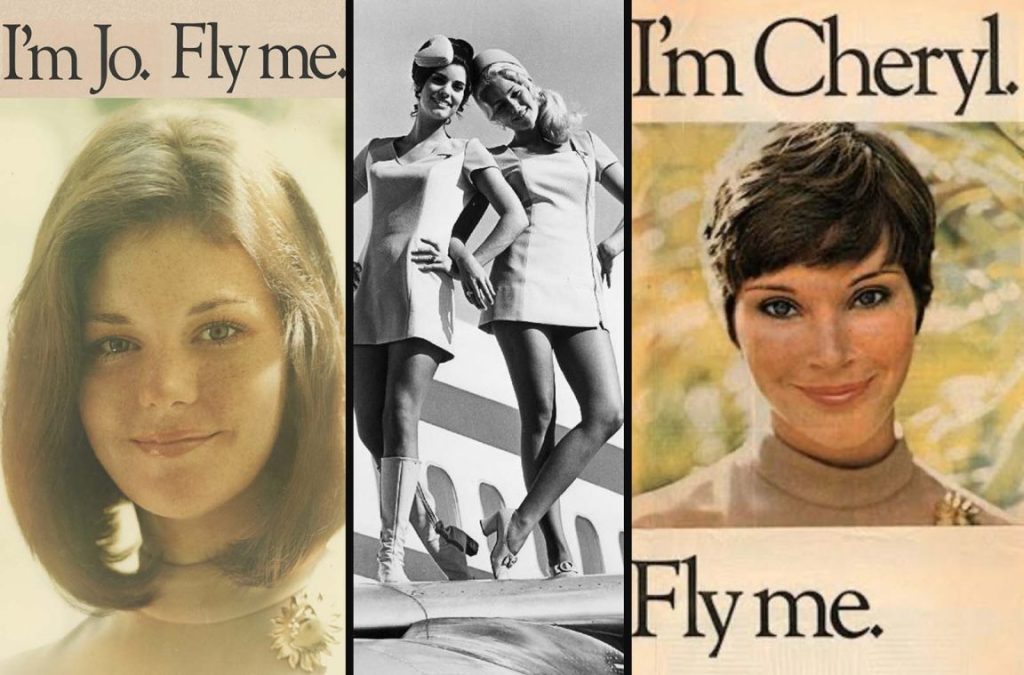In 1957, flying across the Atlantic wasn’t just transportation—it was a dream. And no one sold that dream better than the airlines. Through glossy print ads, elegant illustrations, and persuasive taglines, airlines didn’t just advertise routes—they sold romance, sophistication, and a jet-powered future. Nowhere was this more evident than in campaigns promising the magic of Paris.
The Golden Age of Air Travel Promotion
The mid-20th century was the golden age of airline advertising. With commercial aviation becoming increasingly accessible, airlines competed to capture the public’s imagination. They didn’t rely on technical specs or airfare comparisons—instead, they leaned into fantasy: the idea that flying was chic, effortless, and life-changing.
A single ad could depict a stylish couple clinking champagne glasses in-flight, a stewardess gracefully serving dinner, or the Eiffel Tower shimmering in the background. The message was clear: flying was no longer reserved for the ultra-wealthy—it was becoming a gateway to culture, luxury, and adventure.
“Fly Me to Paris”
By 1957, Paris was a centerpiece of airline marketing. Pan Am, TWA, Air France, and BOAC all pushed their Paris-bound routes with evocative imagery. TWA might show a couple stepping off a plane into a moonlit Parisian evening. Pan Am, with its signature globe logo, portrayed the City of Light as just one glamorous stop on a seamless world tour.
Taglines like “Fly the Atlantic in Luxury” or “Only Hours to Paris” played on the wonder of speed and accessibility. For American travelers, Paris symbolized art, fashion, romance, and worldliness. These ads invited you to not just see Paris—but to become someone who belonged there.
The Look and Feel of 1957 Ads
Airline ads of the era were art in themselves. Many featured hand-drawn illustrations, a mix of soft pastels and bold colors, and stylized fonts that evoked movement and elegance. Photographs were sometimes used, but more often, ads relied on idealized illustrations to heighten the sense of dreaminess.

Women were often central figures—portrayed as fashionable travelers or graceful flight attendants. Men were depicted in suits, briefcases in hand, signaling the rise of international business travel. Every detail was curated to suggest that air travel was not just practical—it was aspirational.
Selling an Experience, Not Just a Seat
In 1957, to fly to Paris was to make a statement. Airlines understood that passengers weren’t just buying a seat—they were buying a story. They were stepping into a world of international elegance, mid-century modernity, and global confidence.
Though actual travel could be bumpy, noisy, or delayed, ads told a different tale. They invited the public to believe in a future where the world was closer, more beautiful, and filled with possibilities—one boarding pass at a time.
From Posters to History
Today, vintage airline ads are collected, studied, and admired for their design and optimism. They remind us of a time when flying was filled with wonder—and when a trip to Paris began not at the airport, but in the pages of Life magazine or on a travel agent’s wall.
Fly me to Paris, 1957? If only.

